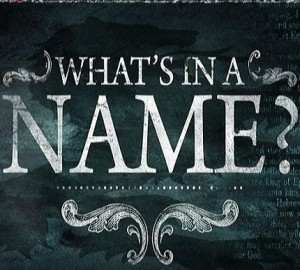A lot of people really want alternate universes to make sense but they don’t. It makes for great sci fi and it’s a fun thought experiment, but alternate universes might be based on too much assumption to be considered good science: back in October, 2014, Wiseman and Deckert suggested a new take on the Many Worlds Interpretation of quantum theory: Many Interactive Worlds. It’s hard to see what sets their work apart from predecessors.
You can read more about misinterpreted implications of quantum mechanics: Your Interpretation of Quantum Physics is Probably Wrong
I was initially excited by their work, published Winter 2014, but the more I read about the Many Worlds Interpretation the less I bought it. Quantum theory is hard for most people to understand, which makes sifting through conflicting theories and rationalizations a daunting task. I’m going to try and be concise but thorough in my critique of Wiseman and Deckert’s work. I’m sure they are fine people and they’ve certainly put a lot of thought into a very abstract, difficult concept.

First let me get this superficial complaint out of the way: Wiseman and Deckert seem to have just dropped the word “interpretation” from their interpretation. Why? well it certainly wasn’t for clarity’s sake. The Many Worlds Interpretation and Many Interacting Worlds have awkwardly similar acronyms, MWI and MIW. Because quantum theory isn’t confusing enough~!
The Many Worlds Interpretation was the work of Hugh Everett III back in 1957. It gets called the parallel universe theory, the alternate universe theory, and the “many universes” interpretation. It comes back up in science fiction periodically but most quantum physicists don’t count it as a viable explanation of quantum mechanics’ many unanswered questions. Everett postulated all possible outcomes happen causing reality to branch at each decision or quantum observation, creating infinite parallel universes as more an more branches are formed. Everett imagined the observer splitting into what he described as “clones” who live in the different universes. It’s really easy now, in 2015, for a version of the Many Worlds Interpretation to gain traction, because so many people are familiar with the concept from decades of science fiction examples.
So Wiseman and Deckert didn’t make up the idea of multiple universes. What are they saying is different about their new interpretation? In the Everettian model, universes branch off like a tree, never to meet again. Wiseman and Deckert describe a multiverse where particles seem to be able to influence each other and interact despite existing in separate universes. It makes a more classically physical math work out in the examples they chose. Many Interactive Worlds explains “Ehrenfest’s theorem, wave packet spreading, barrier tunneling, and zero-point energy—as a direct consequence of mutual repulsion between worlds.”
The equation they provided can successfully calculate quantum ground states and explains the notorious double-slit interference phenomenon. It sounds so impressive that most science news outlets ran with it despite there being absolutely no evidence of these other universes.
|
Jonathan Howard
Jonathan is a freelance writer living in Brooklyn, NY |



